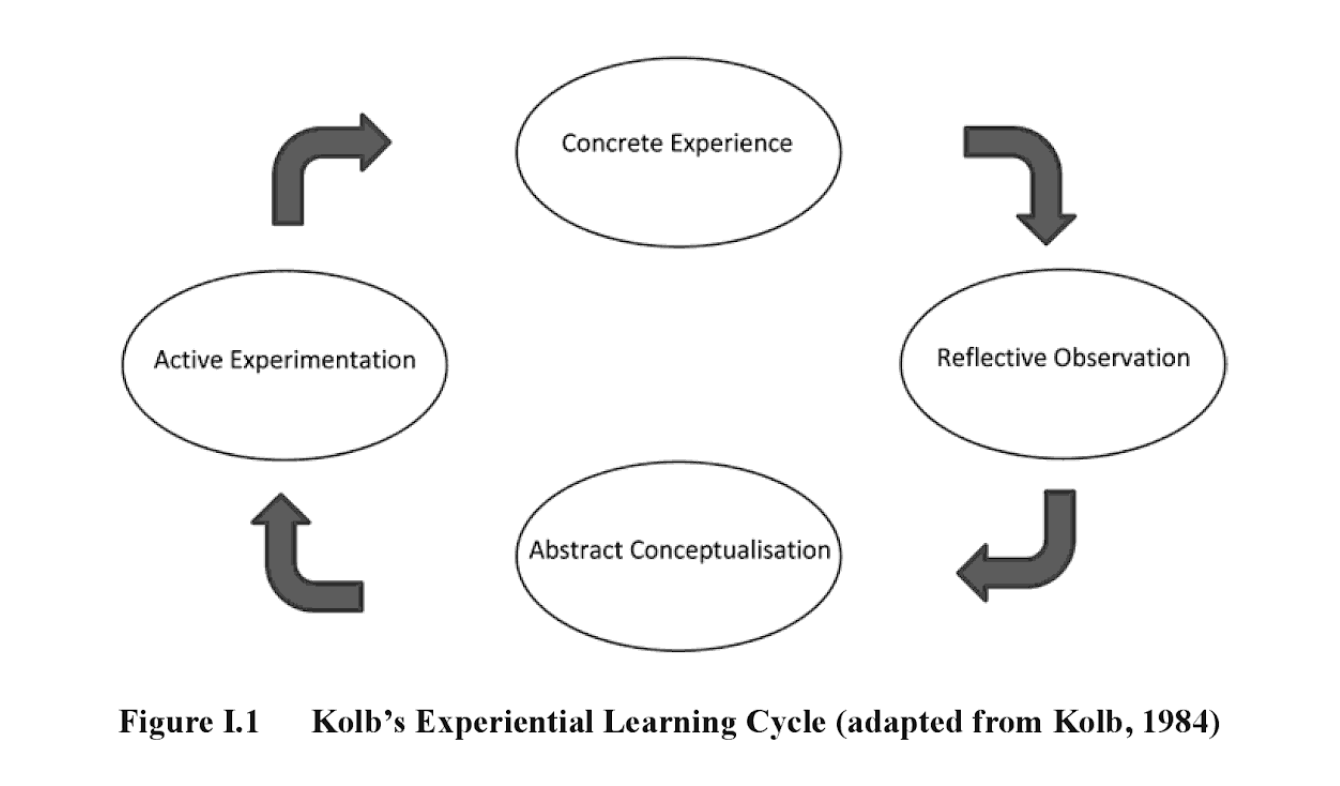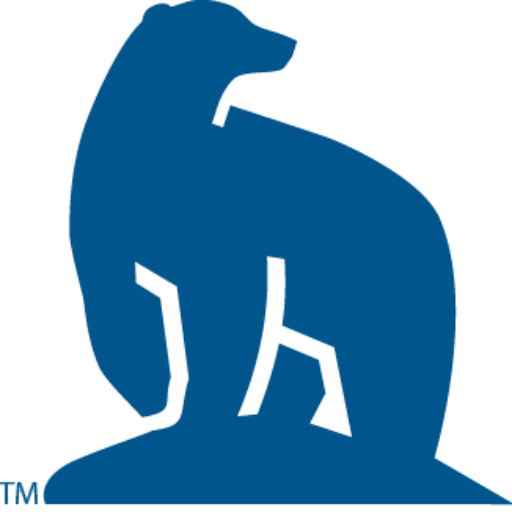
The Practice of Object-Based Teaching
A few years ago I attended the annual POD Network Conference for professional faculty developers, and the most impactful session was one I attended on Object Based Teaching (OBT) conducted by Jessica Metzler at Brown University. Those of us in the session met her in the Portland Museum of Art and engaged in some mindful observation of a medieval artifact, some object-based inquiry, and an illuminating discussion afterwards regarding what we learned and how discipline-specific learning objectives might be met through this process.
Though I’ve long practiced the technique of OBT in face-to-face and online classrooms alike, I’d never really looked into the scholarship behind it until this session. I’d also not really considered the pedagogical principles behind it, nor whether my pedagogy needed any scrutiny and modification. It turns out that there were some aspects of my practice I needed to modify. I’d recommend this reflective process to any teacher; we should routinely contemplate our own teaching methods and consider whether it goes by any other name as well as researching some of the pedagogies, design models and practical applications that can be found in the very large body of the Scholarship of Teaching and Learning (commonly known as SoTL) that’s out there.
Many scholars have expanded on OBT (also called object-centered teaching, object-centered learning, object-inspired learning and object-based inquiry) to the extent that it overlaps into concepts like project-based learning and active learning; because of this, you may find yourself in a quagmire of scholarship if you start looking into the practice of OBT. With that in mind, I’ve crafted a piece that contains a reflection of my own process of discovery and application as well as a sample lesson plan and numerous resources.
An Activity
I created this activity for a recent session on OBT. It was successful in providing insight into the process. It was a face-to-face session, but could be conducted online as well. It reflects my own attempt to decolonize an OBT activity according to the process suggested by C.J. Hodge in the next section just below. Don’t watch the video until after you’ve completed this activity.
- Observe the following virtual object. Spend five minutes (this will seem like a very LONG time). Rotate it in space. Contemplate as many physical properties as you can. Observe color, shape, volume and things that are visible in the 2D plane. Contemplate physical properties that don’t translate in the virtual space: smell, sound, texture, weight. Attempt to engage senses other than sight. Feel free to draw the object but NO WRITING.
- Spend three minutes writing down analytical observations and questions such as the function, theme and the source. Try deducing techniques that may have been used to create it, the materials and its possible role within a wider context.
- If you were given access to either the creator or a member of the culture from which this object originated, list 10 meaningful questions you would ask about it. What questions can you ask to better understand the context in which the object was created?
- Watch the video and consider how well the Smithsonian has engaged the culture of origin in understanding this important object.
An Oversimplified Graphic
In “Engaging the Senses: Object-Based Learning in Higher Education“edited by Helen J. Chatterjee and Leonie Hannan, one of the pedagogical contexts discussed is David Kolb’s Experiential Learning Cycle, which they illustrated in the graphic on the right.
Consider how this cycle may differ from a “lecture–> homework–> summative assessment” approach. This process asks students to learn from direct observation, form their own understanding and then work with an expert or teacher to correct any incorrect deductions or conclusions.

Underlying Pedagogical Methods
The following learning process (referred to as the SEP Method) is the “structured interdisciplinary framework for collections based learning” discussed by C.J. Hodge in Decolonizing Collections-Based Learning: Experiential Observation as an Interdisciplinary Framework for Object Study (2018). Distinctions are drawn between a method that is general, and one that is more inclusive, and I’ve left out some of the material discussed between steps.
Step 1: Experiential Observation
Observation: Using sight to notice details, identifying and describing qualities.
Experiential observation: Employing all available senses to systematically attend to and describe the material qualities of a study object.
Step 2: Synesthetic Analysis
Analysis: A critical consideration; extrapolates intention or meaning.
Synesthetic analysis: Uses multisensory observations (from Step 1) to explicate a study object’s possible affordances, meanings and significances, as well as the possible intentions of its creators and users in the past and present, bearing in mind one’s own subjectivity.
Step 3: Polysemous Interpretation
Interpretation: Drawing on analytical insights about a study object to suggest plausible explanations for observed qualities or deduced meanings and significances.
Polysemous interpretation: Drawing on analytical insights about a study object to suggest plausible explanations for observed qualities or deduced meanings and significances considering multiple contextualizing sources and standpoints, in particular those from makers and source communities.
Examples of Field Trip Assignments in an Online Course
I teach a class called Professional Practices for Visual Artists. One of the course goals is to encourage students to participate in the arts community around them as professional artists. I have three assignments in the course that are meant to get them into the community, engage with other professionals and reflect on the experience.
Rather than lecturing about the topic, I have them engage in the practice.




Using Real and Virtual Field Trips in Your Own Classroom: Questions to Ask Yourself
The following three sections are adapted from the work of Cain, J. (2011). Practical concerns when implementing object-based teaching in higher education. I’ve modified the language from the original article to suit both face-to-face and online instructors. Please see the original essay if you plan on quoting this material.
I. Logistical Matters
- Setting — Will this activity be facilitated in my classroom? Online? A distinct location?
- Timing — If I only have 50 minutes, can I ensure the activity is delivered, setup, explained, done and packed in time? How much time do I need to process, interpret, discuss and contextualize? If online, how much time will the activity take for the student? How much time for me to create the materials and instructions?
- Access — All students need time with the objects, plus time to move around. Most teaching locations are designed for sitting not circulating. If online, how well will low-bandwidth areas be able to interact?
- People management — What will the other students be doing when not using the objects?
- Intellectual groundwork — What background knowledge do students need? What needs to happen for them to take away the maximum impression? When am I going to do this preparation with them? If online, what materials do they need to cover before?
- Orientation — Novices experience objects differently than experts do. How much orientation time is required? How do I isolate their attention? Do I build in time for play and open-ended discovery?
- Trust — Time spent in OBL must move us towards course objectives. I need to be confident students will feel the work is relevant in order to maintain their trust.
- Reflection and recall — What do students preserve from the experience? How will they recall it later, or reflect on it or build on it? What note-taking needs to be done?
- Transitions — When I’m done with the objects, I’ll want to move on. I need effective transitions.
- Substitutions — What happens when students want more — e.g., for revision or for those who were absent? I need effective substitutes.
- Coordination with other courses — Have students done this before? Will it be useful elsewhere in their degree? Can I double-up and involve other courses? How much time will it take to negotiate this with colleagues?
II. Field Trip Planning
Logistical concerns for field trips.
- Alternate location — I need to craft clear instructions and work to ensure students receive these repeatedly, especially novices. Will weather be a factor? Will there be any transportation costs? If I choose to take more time than the class allots, will students have to miss other classes to attend? For online students, will they be able to find what they need in their home communities?
- Timing — I need to ensure students can arrive, work and leave in the time I’ve allotted, anticipating where they are coming from and going to with time to spare.
- Physical environment: Where are the toilets, the seating areas, the places to put coats and bags? What are the security and meeting point needs?
- Coordination on the day — If other staff or faculty are involved, do they know what I’m trying to accomplish? Are we working to the same plan? Do I know what I need for preparation? Have I given myself time to prepare others and for post-match analysis?
III. Benefits of Object-Based Teaching
Benefits of OBL (OBT)
- Students increase self-awareness and engagement during breaks in their minute-to-minute and course-to-course routine.
- Students are encouraged to be curious, do more work and ask more interesting questions.
- Memory is complicated. Some people process texts and facts well; others work better through images, spatial thinking, sensory inputs and so on. Each dimension has value in learning.
- Intelligence has complicated dimensions: linguistic, logical-mathematical, spatial, musical, kinesthetic, inter-personal and intra-personal capacities.
- OBL can exploit time outside the schedule for informal learning, thereby complementing or supplementing formal learning in the course.
- Students prefer multimedia and multisensory experiences when learning.
- Indirect benefits can accrue. For instance, in a study of hospital patients, those with a view of a natural outside scene from their beds recovered faster than those with a view of brick walls.
References and Resources
Cain, J. (2011). Practical concerns when implementing object-based teaching in higher education. Putting University Collections to Work in Teaching and Research – Proceedings of the 9th Conference of the International Committee of ICOM for University Museums and Collections (UMAC), Berkeley, USA, 10th—13th September 2009, pp 197-203
Chatterjee, H. J., & Hannan, L. (2016). Engaging the senses: object-based learning in higher education. Routledge.
Hodge, C. J. (2018). Decolonizing Collections’Based Learning: Experiential Observation as an Interdisciplinary Framework for Object Study. Museum Anthropology, 41(2), 142-158. This paper covers a “semistructured experiential observation that unites aspects of formal art historical analysis, multisensory observation, and reflexive, polysemous cultural interpretation. The framework offers an interdisciplinary, decolonizing method of object study.’
Kolb, D. A., Boyatzis, R. E., & Mainemelis, C. (2001). Experiential learning theory: Previous research and new directions. Perspectives on thinking, learning, and cognitive styles, 1(8), 227-247. Expanded .pdf here. “According to the four-stage learning cycle…immediate or concrete experiences are the basis for observations and reflections. These reflections are assimilated and distilled into abstract concepts from which new implications for action can be drawn. These implications can be actively tested and serve as guides in creating new experiences.’
Tucci, G., Conti, A., Fiorini, L., Panighini, F., & Parisi, E. I. (2018). EDUCATION AND TRAINING RESOURCES ON DIGITAL PHOTOGRAMMETRY. International Archives of the Photogrammetry, Remote Sensing & Spatial Information Sciences. “The aim is to transform the traditional transmissive didactic model in a newer one in which the students have an active role and improve their proficiencies solving actual case studies in practice. This induces students to rethink and better understand all the steps of the photogrammetric project design, acquisition and processing but above all to acquire greater skills to critically evaluate the acquired data and results.’

Recent Comments